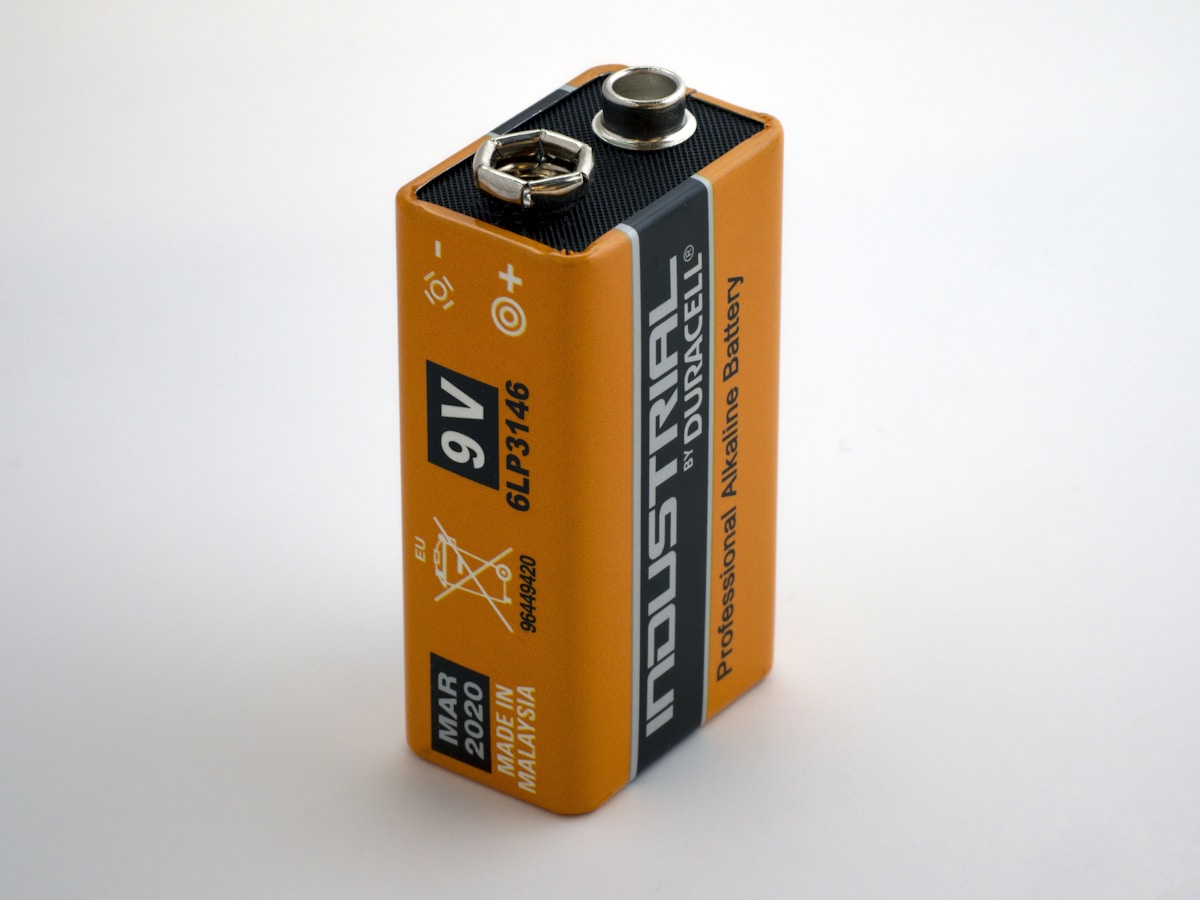Back to Industry News
Cleantech
HiHELIOS Develops Hybrid Battery System for Renewable Energy Integration
Summary generated with AI, editor-reviewed
Heartspace News Desk

Photo by Brett Jordan on Unsplash
Key takeaways
- The EU-funded HiHELIOS project is developing hybrid battery systems to improve renewable energy integration across Europe
- Launched on October 6, 2025, the project aims to create modular systems at Technology Readiness Level 7, ensuring a more reliable electricity supply as Europe transitions to climate neutrality
- The project addresses the increasing demand for grid flexibility by combining different energy storage technologies
The EU-funded HiHELIOS project is developing hybrid battery systems to improve renewable energy integration across Europe. Launched on October 6, 2025, the project aims to create modular systems at Technology Readiness Level 7, ensuring a more reliable electricity supply as Europe transitions to climate neutrality. The project addresses the increasing demand for grid flexibility by combining different energy storage technologies.
HiHELIOS integrates high-energy storage, utilizing second-life Nickel Manganese Cobalt (NMC) battery modules from electric vehicles, with high-power storage using Lithium Iron Phosphate (LFP) batteries or supercapacitors. This hybrid approach seeks to improve performance, extend battery lifespan, and reduce environmental impact compared to single-technology solutions. A multi-layered control architecture, incorporating an Energy Management System (EMS), Power Management System (PMS), and Battery Management System (BMS), manages operational efficiency.
The project will implement and validate its technology through four use cases in Norway, Belgium, and Greece. These demonstrations will address specific grid challenges and aim to prove the performance and reliability of the hybrid systems, paving the way for wider industrial adoption of the technology.
Related Topics
energy storagehybrid batteryrenewable energygrid stabilityHiHELIOSEU project
Want coverage like this for your company?
Local & industry wins build trusted proof, SEO/geo signals and prime national editors.
Check fit (2 min)